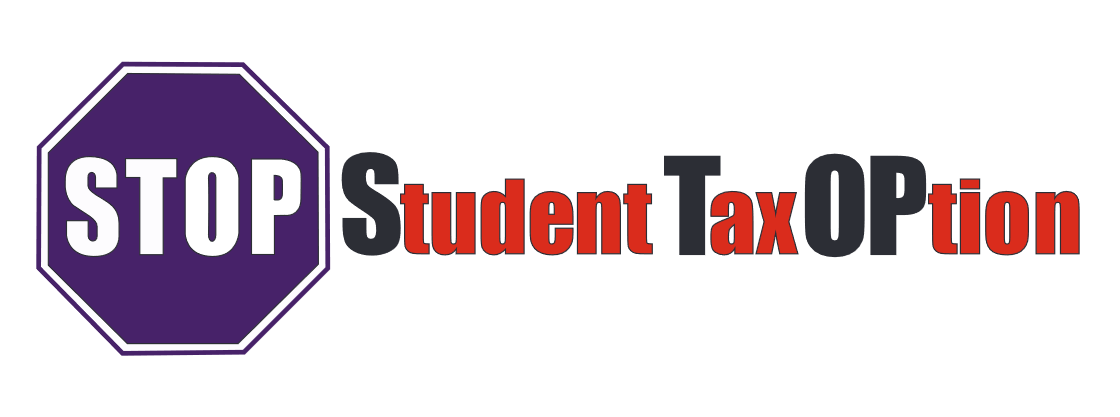People with student loans are constantly bombarded with the idea of refinancing. These pleas come through commercials, emails, print mail, and even social media, trying to convince the borrower that it’s a great time to refinance. Currently, however, there is a definite truth to the idea.
In 2019, the Federal Reserve slashed student loan interest rates three times. Recently, they cut them again. Student loan refinancing rates are undergoing incredible changes that make the idea of refinancing appealing to more and more people.
Student loan refinancing was once a fairly simple process, with only a handful of lenders offering it. Now, however, many companies and traditional banks offer refinancing, and there are even a number of online tools that allow borrowers to check out rates.
Refinancing student loans is becoming more and more common, so it’s important to stay updated on interest rates and potential lenders.
Federal student loans
Refinancing student loans means that you are going to be dealing outside of the federal portfolio and literally getting a new, private loan. This can be a risky decision, as there are more protections through the federal system than there are through the private market.
Those who opt for a federal loan have numerous repayment options, such as programs that allow monthly payments to be dependent upon how much the person earns. It’s also important to understand that federal student loans can be forgiven through a decade’s worth of work in the public sector, or through paying on an income-driven plan for twenty years. Most plans also offer forbearance and deferment options as well.
With all of the options out there, you will need to determine if it is worth it to forfeit those that are provided by the federal portfolio for a lower interest rate. Borrowers that work in the private sector, that have an emergency fund and annual salary of at least 1.5 times the amount they owe, can typically be granted a refinance.
However, many experts suggest having more caution with the various refinancing opportunities, as there is no undoing refinancing. Consider whether or not you would remain comfortably able to make your loan payments if you were laid off or if you had to undergo some sort of medical emergency.
For federal borrowers, it’s important to make sure that you have a strong emergency fund. This fund should contain enough money to make it through a full year’s worth of expenses in the event of an emergency or a life-changing incident.
Private Student Loans
If you have private student loans, there is no penalty for checking interest rates and refinancing. In fact, you can actually refinance many times, ensuring that you are always paying the best interest rates. This allows you to make progress in life by working on your credit score or even receiving a higher income, and being able to lower your rates when these new factors apply.
Refinancing
Once you decide to refinance your student loans, you will need to figure out what lower interest rate you qualify for. Most people that do not qualify miss out due to a high debt-to-income ratio.
Each bank has its own underwriting rules, making it probable to face rejection at one bank and acceptance at another. The majority of banks require you to have earned your degree in order to refinance. Some states offer the same fixed-rate to all applicants that qualify, while others provide borrowers that experience financial trouble with an income-based payment plan.
5-year loans with fixed interest rates below 3% are not unheard of, while 10-year loans are offering between 3% to 4%. There are so many student loan refinancing options out there, that it’s important to shop around in order to ensure the best rate and repayment terms.

